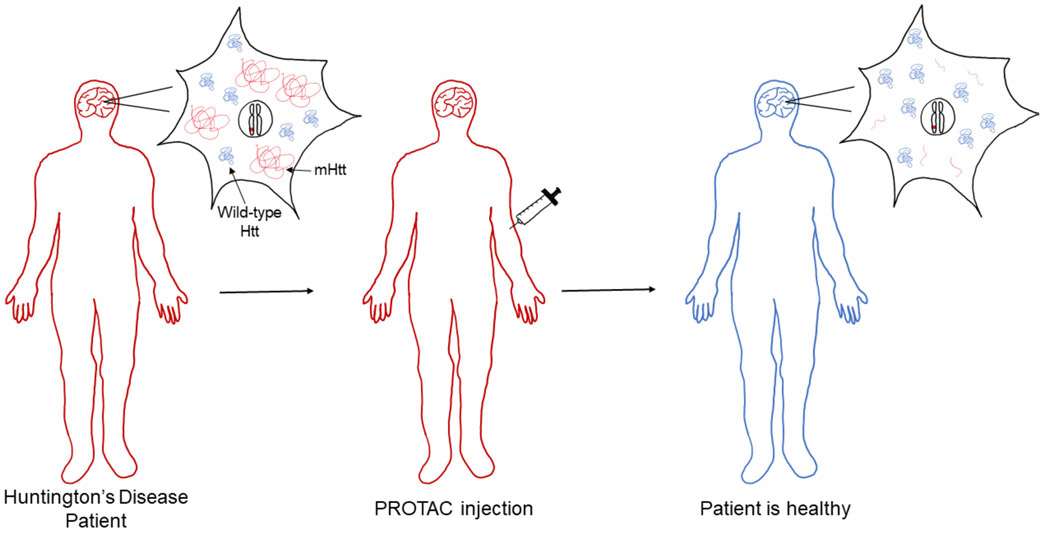Figure 2. Theoretical schematic demonstrating PROTACs as a therapeutic for Huntington’s disease.
The patient is heterozygous for Huntington’s disease, meaning they carry one mutated allele (allele with red mark). This genotype causes the patient to develop Huntington's disease (red body) and leads to the synthesis of both wild-type Huntingtin protein (wild-type Htt; blue) and mutant Huntingtin protein (mHtt; red). To treat the patient, PROTACs are administered by injection. Once injected into the patient, the PROTACs pass through the blood-brain barrier and target mHtt for degradation. The PROTAC does not alter wild-type Htt or the heterozygous genotype. The patient is now healthy (blue body), but consistent treatment is required due to the genetic nature of the disease, which is not corrected by the PROTAC.

